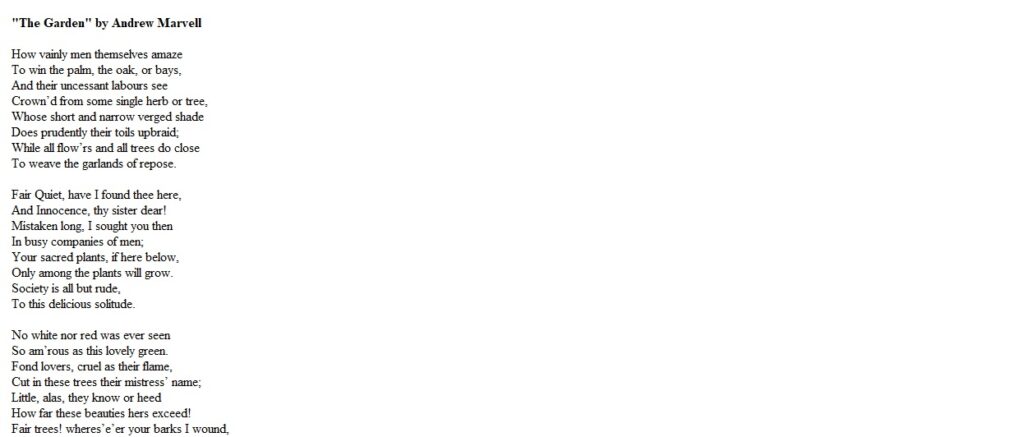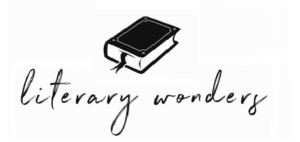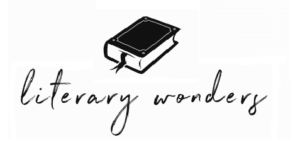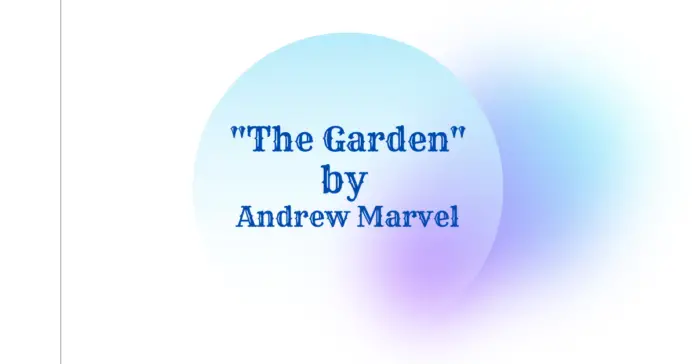Summary of “The Garden”

- Overview of “The Garden”: “The Garden” is a seventeenth-century metaphysical poem. The great English poet and author Andrew Marvell wrote this masterpiece. The life of a man and the beauty of nature are contrasted in the poem. The author makes the case that people who miss out on seeing nature’s beauty are seriously losing out. However, the poem’s use of metaphysical components and other poetic devices like conceit and imagery helped it become famous.
- The Garden as a Representative of Man’s Satisfaction: This poem is about nature. In the beginning, the speaker comments on the degree of satisfaction some men experience after making minor accomplishments. They go bonkers in pursuit of a crown for their meager labor, disregarding that their never-ending efforts will eventually get them an astounding prize. The author compares their action to the crown of a single tree. He is perplexed as to why they give up on trivial matters without waiting for the garland formed from the shades of other trees that provide more tranquility. As the poem progresses, the speaker comments on those who value women’s appearance. Compared to their natural beauty, he finds it amazing that they refer to their women as wonderful.
- Major Themes in “The Garden”: The poem’s main themes include spirituality, man vs nature, poetic imagination, and natural beauty. The poem’s central image is of a guy enjoying nature’s beauty. He is so in tune with nature that he wonders why humanity chooses artificial beauty over unaltered beauty. He believes that worldly beauty is fleeting, deceiving, and unending. On the other hand, natural beauty is enduring, reassuring, and permanent. He begins by making his readers appreciate the garden’s beauty, where he likes to stroll. He extols the virtues of the entire garden. Later, he gets them to picture the Garden of Eden’s splendor, where Adam loved to take walks. He thought Adam had fun in the heavenly garden when he was young.
A Study of the Literary Techniques in “The Garden”
The poem by Andrew Marvel has several literary devices, which are analyzed below.
- Assonance: Assonance is the repeating of vowel sounds inside a single line. Examples are the vowel sound /o/ in “Crown’d from some single herb or tree” and the vowel sound /e/ in “Our sacred plants, if here below.”
- Consonance: The repetition of consonant sounds inside a single line is called consonance. Examples include the sound of /r/ in “Whose short and narrow verged shade” and the sound of /l/ in “While all flowers and all trees do close.”
- Enjambment: A idea in verse that does not terminate at a line break is known as enjambment.
“And their uncessant labours see
Crown’d from some single herb or tree,”
4. Imagery: Using imagery, authors can influence how readers experience things using all five senses. Through the use of phrases like “Withdraws into its happiness,” “Here at the fountain’s sliding foot,” and “There like a bird it sits and sings,” Andrew has included imagery in this poetry.
- Metaphor: This figure of speech implicitly compares two fundamentally unrelated things. The poet utilizes Natural beauty as an extended metaphor to illustrate how it mesmerizes individuals and helps them connect with their souls.
- Simile: This literary device compares one item to another to help readers understand the meanings. In the poem’s seventh stanza, the author uses phrases like these to equate his soul to a bird:
“My soul into the boughs does glide;
Like a bird, it sits and sings.”
- Symbolism: It uses symbols to represent concepts and traits by giving them more profound, symbolic meanings than their literal interpretations. Symbols like beauty, honesty, praise, spirituality, and man vs nature are displayed in the poem.
The analysis demonstrates that Andrew’s overuse of literary tropes has given this poem uniqueness and value.
An Examination of the Poetic Devices in “The Garden”
Even though the poem has certain poetic methods, it also uses literary devices excellently. The following is an analysis of the poetic devices used.
- Vocabulary: The poem uses a descriptive vocabulary with rhetorical tactics, symbolism, and powerful imagery.
- End Rhyme: The use of end rhyme makes the stanza melodic. In this poem, Andrew Marvell makes use of end rhymes like “see/tree,” “then/men,” and “chase/race.”
- Rhyme structure: The poem has an ABAB rhyme scheme, and this structure is maintained throughout.
- Stanza: A stanza is a grouping of lines into a poem. This poem has nine stanzas, each of which has eight lines.
Suggested Readings
Analysis of “I Dreaded That First Robin”










